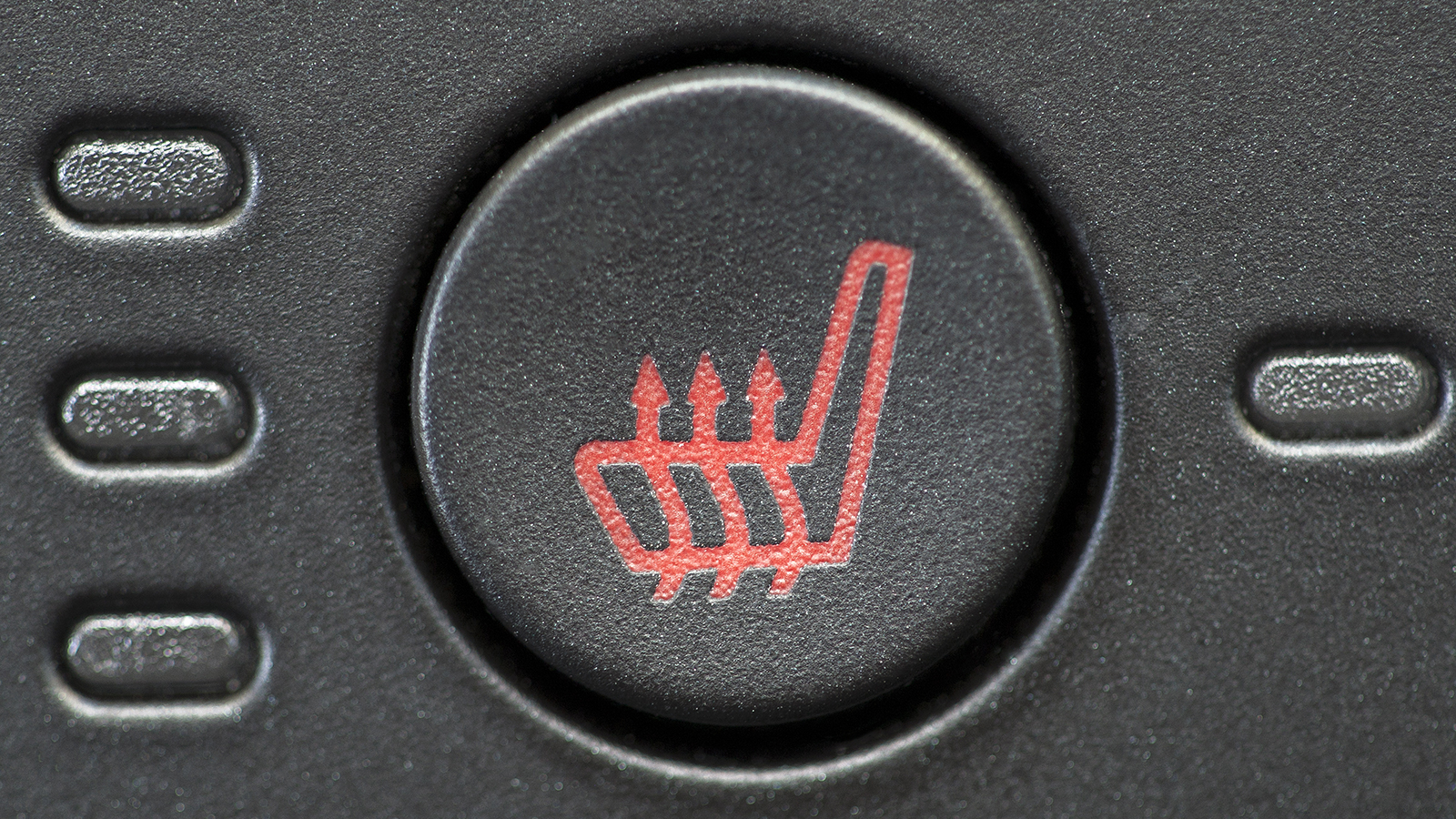Q. Dear Umbra,
I recently purchased a vehicle that came with heated seats. Although I have been enjoying this little luxury, it has me wondering about energy efficiency. My understanding is that cars’ heating systems draw heat from the engine block, so no additional energy expenditure is required. But it strikes me that heated seats can’t operate this way, and must burn additional energy to warm up. Should I leave the heated seats off, or is this an overheated concern?
Sarah G.
Davenport, IA
A. Dearest Sarah,
Like a steamy bath after a long day, a sip of hot cocoa, or a pair of pants fresh out of the dryer, a toasty seat cradling one’s loins certainly qualifies as one of life’s little pleasures. In fact, in Iowa in the depths of winter, they seem less like luxuries and more like survival techniques. I’ve been to your fine state in the snowy season, and I’m impressed you hardy folks make it out the door some days. I tip my thick, woolen beanie to you.
So Sarah, I don’t blame you for enjoying your car seat’s rump roaster. But I must also confirm your deep-seated suspicion: Yes, that particular feature does use extra energy.
You’re (basically) correct that your vehicle’s heating system taps the heat that’s already being created by your engine, funneling it into the car’s interior instead of dissipating it into the air. It’s not entirely “free” heat, in part because the fan that blows that warm air through the vents runs on electricity, but the difference is negligible.
Not so for the heated seats — or the radio, headlights, windshield wipers, and defroster, for that matter. All these features draw electrical power from your car’s alternator. The alternator gets that power by creating more resistance on the engine, thereby increasing gasoline use and decreasing fuel economy. We can’t really label all these electronic gizmos as wasteful extras — headlights and defrosters are often non-negotiables for safe driving, after all — but we must pay the piper for the hot seat.
Winter driving in general sucks up more gasoline than fair-weather cruising, Sarah, and increased electricity use is only one reason why. I couldn’t find any numbers on exactly how much power your heated seats alone use, but overall, a car quaffs 12 percent more gas at 20 degrees than it does at 77 degrees (and 22 percent more for shorter trips). Blame a number of factors: reduced traction on icy roads, thicker engine fluids, your car taking longer to warm up to its most fuel-efficient state, even denser air that ups drag as you drive.
Fortunately, we can fight back against this gas-guzzling season, at least a bit. Check your tire pressure often, as cold temps can zap inflation and reduce fuel economy. If you have a roof rack, take it off to improve your aerodynamics. Don’t fall for the myth that you must idle your car in the driveway until it’s fully warmed up: Anything more than 30 seconds or so is a waste of gas, and your engine will heat up faster on the road, anyway. And, yes, you might consider leaving your heated seats switched off or using this feature sparingly.
But here’s the thing: I don’t want you to get too hot and bothered about what amounts to a sliver of your carbon impact. The best thing you can do, and it’ll have a far greater impact, is drive less: Combine errands, hop the bus, take up fat biking. Sure sounds a lot more fun that white-knuckling it on slick, dangerous roads to me. There are many other impactful steps we can all be taking to slash our personal emissions (see: a decade’s worth of Ask Umbra columns), so promise me you won’t sweat this small stuff too much. It’s not like I’d ever advocate that we give up hot cocoa, either.
Conductively,
Umbra




